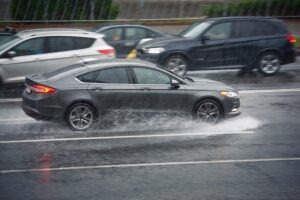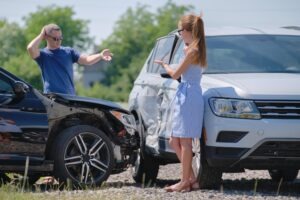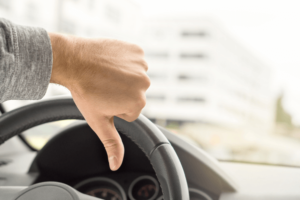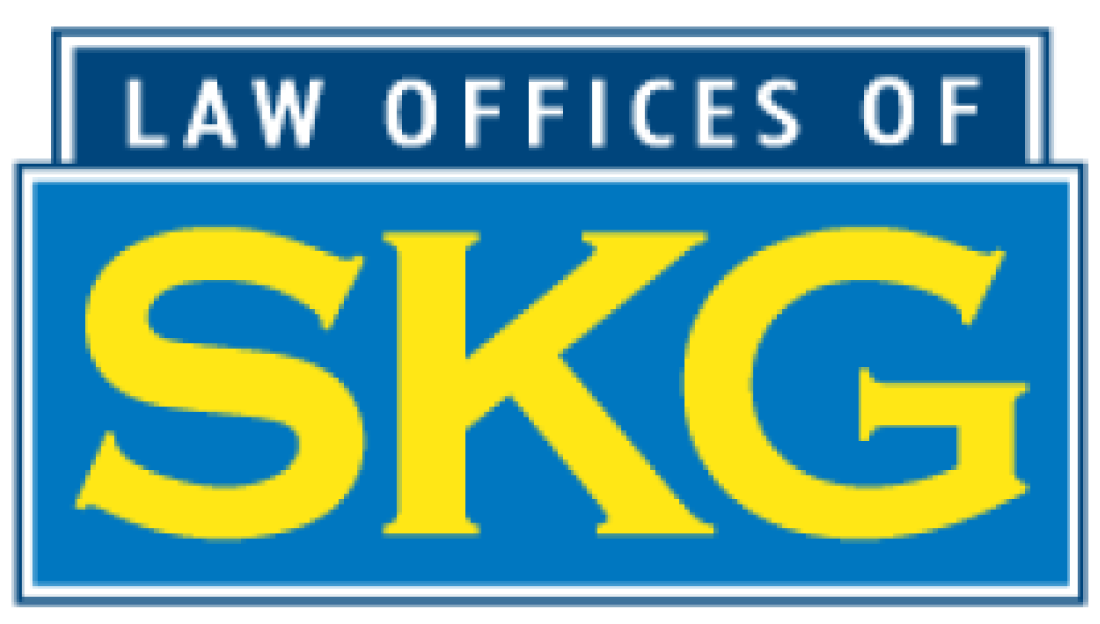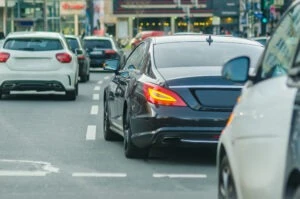
Determining fault in a lane-changing accident can be challenging. The circumstances of the case will determine the fault. Lawyers must examine various factors, including signaling intentions, adherence to traffic laws, and awareness of the surrounding environment.
Evidence such as eyewitness accounts and video footage can also play a crucial role in assigning liability. However, in cases where both drivers bear some responsibility, the issue becomes even more difficult to sort out. You may need a Fort Lauderdale car accident lawyer to help you get the most from your case.
Safely Changing Lanes
Proper signaling is not only polite but also the law. When you use your turn signal, you warn other drivers about your intention, giving them time to adjust their speed or position if necessary. This simple action can greatly reduce the risk of accidents.
Additionally, it’s essential to check your mirrors and blind spots before changing lanes. A glance in your rearview or side mirrors isn’t enough; a quick shoulder check can save you from a potential accident.
When these rules aren’t followed, lane-changing accidents can happen. To ensure safe lane changes, follow these guidelines:
- Always use your turn signal to indicate your intention to change lanes.
- Check your mirrors and blind spots to ensure it’s safe to make the lane change.
- Make gradual, smooth movements when changing lanes to avoid surprising other drivers.
More people choose The Schiller Kessler Group because they know that we’re a cut above other personal injury law firms.

Determining Fault in a Lane-Changing Accident: Key Factors
When determining fault in a lane-changing accident, you must consider whether any traffic laws were broken, such as failure to signal or improper merging.
Your lawyer will carefully examine the evidence gathered from the accident scene, including witness statements, police reports, and physical damage to the vehicles.
Traffic Laws & Violations
Some common traffic violations that can lead to fault in a lane-changing accident include:
- Failing to signal when changing lanes
- Making aggressive lane changes
- Ignoring lane markings, such as solid white lines or dashed lines
- Tailgating or following too closely
- Speeding or driving recklessly
It’s essential to follow traffic laws not only for safety reasons but also to avoid being held responsible in the event of an accident. If the police charge the other driver with a moving violation, they may be at fault for your lane-changing accident.
Analyzing Accident Evidence
Swift evidence collection can bolster your claim, helping to establish who is at fault. This initial step is vital in building a strong case, as it provides the foundation for any subsequent investigations or legal proceedings.
The types of evidence a lawyer can help you gather include:
- Photographs of vehicle damage, which can help determine the severity of the impact and the parties involved
- Evidence of skid marks and other signs of vehicle motion, which can indicate the speed and trajectory of the vehicles
- The accident scene, which can provide context and help piece together the events leading up to the accident
- Witness statements, which can offer eyewitness accounts of the incident
- A detailed police report, which can provide an objective view of the incident and help establish fault
In intricate cases, accident reconstruction might be necessary. This scientific process uses principles of physics and vehicle engineering to recreate the incident, shedding light on how the accident occurred and who is responsible.
The Impact of Dashcam and Surveillance Footage in Proving Liability
Dashcam and surveillance footage can be instrumental in determining liability in lane-changing accidents. This video evidence provides an unbiased and objective account of the incident, helping to identify the at-fault party.
By capturing the sequence of events leading up to the accident, dashcam footage can reveal unsafe lane changes or erratic driving behavior that may have contributed to the crash. The quality and placement of surveillance cameras can significantly impact the reliability of the footage.
Some benefits of dashcam and surveillance footage in proving liability include:
- Corroborating or refuting witness statements to provide a more accurate account of the incident
- Offering an unbiased, third-party perspective of the accident
- Providing compelling evidence for insurance companies and courts to determine liability
- Helping to identify the at-fault party and assign responsibility for the accident
Legal Recourse Options for Victims of Lane-Changing Accidents
In the aftermath of a lane-changing accident, victims have various legal recourse options to seek justice and compensation for their losses. Your PIP coverage may cover many of the costs, but if you are seriously injured then you may need to pursue a fault claim against the other driver.
This process involves proving the other party’s negligence and the resulting damage to person or property. To increase the chances of a successful claim, it is essential to have a lawyer help you with your case. Some key benefits of pursuing a personal injury lawsuit include:
- Recovering medical expenses, including hospital bills, rehabilitation costs, and ongoing treatment, beyond what your PIP coverage will grant.
- Receiving compensation for lost wages, including past and future income
- Obtaining damages for pain and suffering, emotional distress, and other non-economic losses
Seek Help After a Lane Change Accident
If you’re involved in a lane-changing accident and don’t know who was at fault, it’s time to look at the evidence and the laws. As a victim, you should know that we are here to help you explore your legal options.
We will work with you to gather evidence, understand the circumstances surrounding the accident, and build a strong case on your behalf. Contact The Schiller Kessler Group for a free consultation about your case.
Injured? Call The Aggressive Attorneys Today


